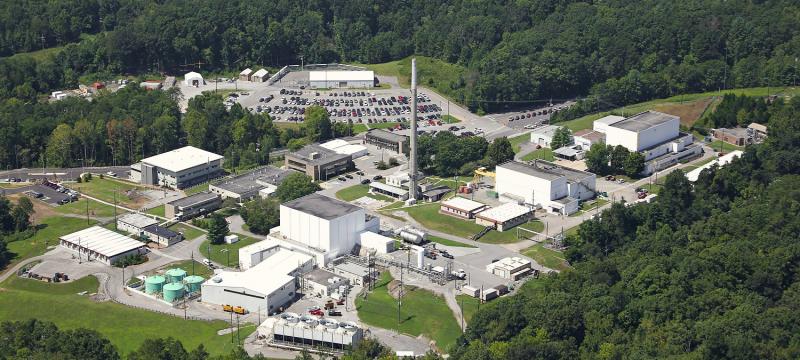
The installation of the Summit supercomputer continues at Oak Ridge National Laboratory on Jan. 23, 2018, with the Oak Ridge Leadership Computing Facility and IBM teams receiving and installing compute nodes. Summit will come online in late 2018 for early science, and will be available to users in January 2019. (Image credit: Jason Richards/ORNL. Used under Creative Commons license)
The supercomputer being built at Oak Ridge National Laboratory could change the race for supercomputing supremacy between the United States and China, U.S. Representative Chuck Fleischmann said during a budget hearing on Thursday.
The congressman said Summit, a 200-petaflop supercomputer at ORNL, will be commissioned this summer, and it will be the fastest supercomputer in the world, with twice the power of the top Chinese system. The Chinese machine is a 93-petaflop system known as Sunway TaihuLight.
During Thursday’s budget hearing, which featured Energy Secretary Rick Perry, Fleischmann said the United States and China are in a race for supercomputing supremacy. The race is critical to advances in science and technology that will drive economic growth, said Fleischmann, a Republican whose district includes Oak Ridge.
Citing a February 9 edition of Science magazine, Fleischmann said the U.S. dominated supercomputer rankings for decades but is now far behind. The combined power of the top two machines in China easily outpaces all 21 supercomputers operated by the U.S. Department of Energy, the country’s top funder of supercomputers, the congressman said.
But that could change with the commissioning of Summit this summer, Fleischmann said. [Read more…]










